The Filmmaking of ‘Barry’ Has Evolved for Maximum Impact
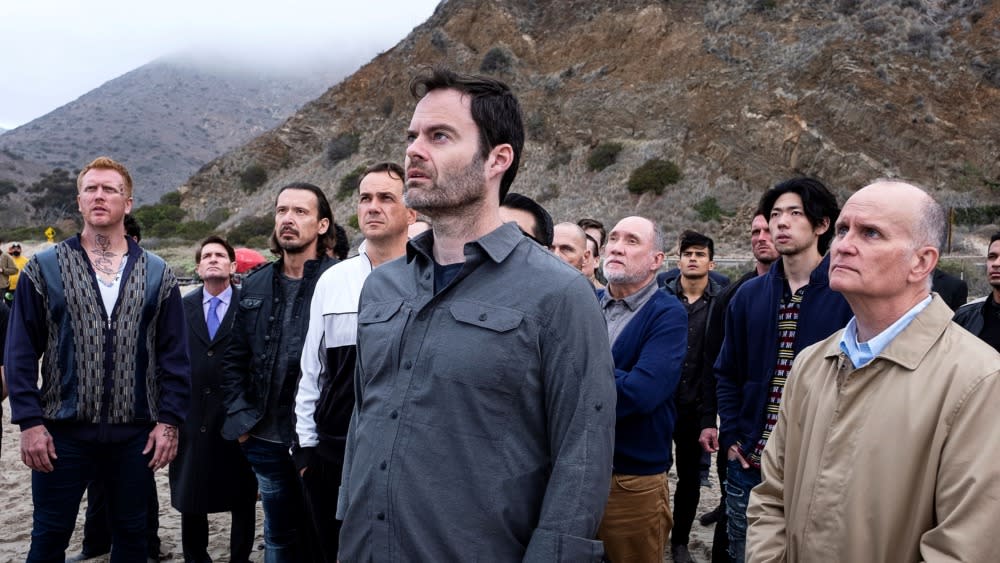
- Oops!Something went wrong.Please try again later.
- Oops!Something went wrong.Please try again later.
- Oops!Something went wrong.Please try again later.
- Oops!Something went wrong.Please try again later.
Curated by the IndieWire Crafts team, Craft Considerations is a platform for filmmakers to talk about recent work we believe is worthy of awards consideration. In partnership with HBO, for this edition we look at how director and star Bill Hader, cinematographer Carl Herse, and stunt coordinator Wade Allen have pushed the filmmaking of “Barry” to new heights.
Nothing could be in danger of looking more visually plain and unshow-y than the travails of wannabe actors in Los Angeles — even those who are reluctant hitmen. But “Barry” creator Bill Hader has always loved movies where “You’re in such a unique world that when it’s over, you’re stuck in that world.” Hader told IndieWire that he approaches filmmaking for the show from as cinematic a perspective he can, using image and especially sound to capture the thought processes and emotional plights of characters trapped by their own bad choices. Also it’s a comedy.
More from IndieWire
For Hader’s singular blend of humor, character drama, and visual storytelling — which has only gotten more expressive across three seasons of “Barry” — he draws inspiration from the comedic but heightened and visually arresting worlds of directors like Jacques Tati. Like Tati, Hader and his creative team build a distanced kind of comedy, one where the camera can inhabit Barry’s perspective, but often mines the show’s comedy from the perspective it provides on Barry (played by Hader himself, of course). “The camera is in the point of view of someone who’s judging this, who’s going ‘Please stop. You’re wrecking the house.’ And then when [the characters] fly out of frame, [the camera] goes, ‘Ugh. I don’t want to even see this,'” Hader said. “It gives you information a little bit behind, and by doing that, it gives you this other feeling that’s not like a typical fight scene or action sequence.”
To make something that is atypical for both action and for comedy — ruthless and relentless and still very funny — requires a strong point of view and real artistry. In the videos below, you’ll see how Hader directs “Barry” to provide the show with its strong point of view and particularly cinematic style; how cinematographer Carl Herse visually captures the characters’ dramatic plights; and how stunt coordinator Wade Allen blends violence and comedy without indulging in comedic violence for show’s action sequences.
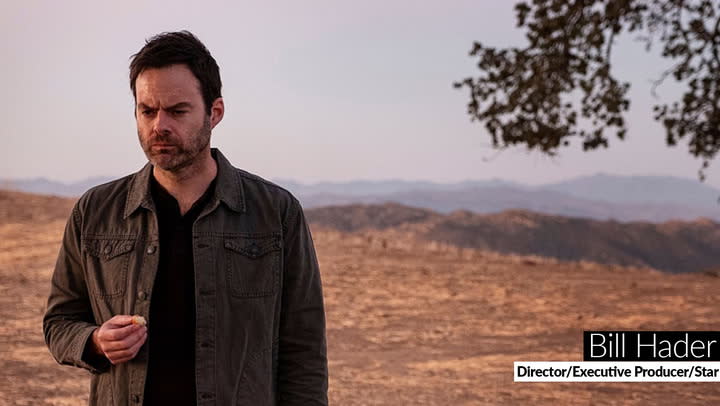
The Direction of “Barry”
Hader’s visual approach to “Barry” has evolved over the course of its three seasons. He’s always tried to shoot his episodes with character point-of-view in mind, but there’s been a shift from trying to construct scenes that embody filmic conventions to those that try to find a more grounded, less generic way through; from trying to make suspense scenes look and feel like a Hitchcock thriller to taking the more observational view of, perhaps, a Preminger. “The scene [in Season 1] where Fuches (Stephen Root) gets his teeth filed, I feel like I’ve learned so much since then. There was just something about it that felt very much like ‘A Movie,'” Hader said.
With Season 3 of the show, Hader has embraced a style that doesn’t give away everything we need to know about a sequence from the start. Withholding visual information outside of a deliberately composed frame, withholding a score that tells us how to feel, withholding cuts and letting scenes play out in all their absurdity — Hader has found that it all actually brings the audience closer to Barry. “He needs to be a little disoriented and that will make us a little disoriented as well,” Hader said, in reference to the season’s ending, where Barry is captured by the police in the act of attempting to assassinate Janice’s (Paula Newsome) father, Jim Moss (Robert Wisdom). “When Barry comes into Jim Moss’ house, even in the edit, everyone was like, ‘You want cut to the [cops] who are yelling at him, right?’ And I was like, ‘No no no. They’re last.'”
What Hader has learned over the course of directing the show is that, sometimes, the cops are the very last thing we need to see in order to understand the truth of what’s happening and just how badly Barry has screwed himself over. Hader is continually finding cinematic for the audience to complete the action onscreen in our own minds, before or without needing to be shown the proverbial shoe that’s about to drop. Like Barry Berkman, we do the worst things on the series to ourselves — and that’s what really hurts. In the video above, you can watch Hader explain how he has translated his cinematic influences into “Barry’s” particular cinematic style and use of sound design in order to shape audience expectations and convey characters’ emotional states.
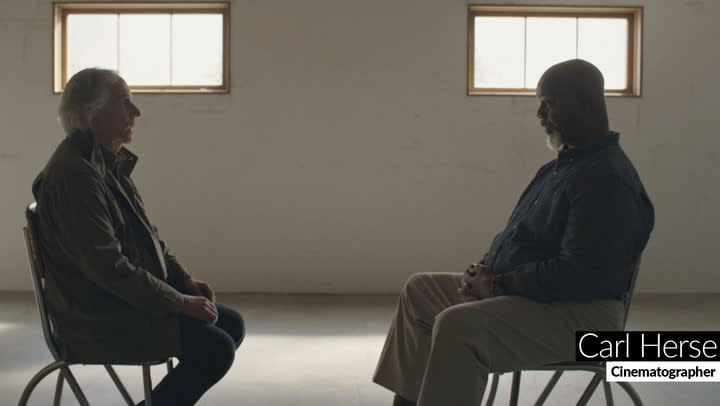
The Cinematography of “Barry”
“Barry” often moves story and emotion forward through sound, but cinematographer Carl Herse was excited about the visual opportunities in Season 3 — his first on the show. “We’re really finding these characters in a darker place than we’ve ever seen them,” Herse said. That bleak emotional trajectory provided the foundation for inventive visualizations of just how far Barry and those around him are going. Herse found that taking away light from the show’s sunny Los Angeles setting could express some existential, psychological darknesses, as in Episode 7 where Sally (Sarah Goldberg) backs away from her agent (Jessy Hodges) — realistically out of the room, but visually into a pit of black bitterness entirely of her own making, which Herse described as “extremely expressive and really still very simple.”
If one had to nail down the visual style of “Barry” in 10 words or less, “extremely expressive and really still very simple,” covers it well. Herse puts the camera wherever it will best capture a character’s emotional response, but often at a little bit of a distance, at least to start. “Barry” puts the audience in the position where we feel the characters’ plight and can’t help but watch them squirm. In Episode 8, “starting now,” where Gene Cousineau (Harry Winkler) finds himself cornered in Jim Moss’s garage, the DIY interrogation starts as an objective two shot but slowly pushes in closer and closer on Winkler’s face as his panic increases.
“What Moss is saying is important, but you’re really trying to express to the audience that Cousineau is trapped at this point,” Herse said. “The way that Bill likes to use sound lends itself very well to a shot like that where you understand the geography of where Moss is but when you hear the chair scrapping on the ground, you hear those kind of echo-y noises, and you know what’s coming and it’s still shocking when he enters the frame so aggressively and [so close] in the foreground.” In the video above, watch Herse explain how the cinematography can tell us everything we need to know about the characters without a line of dialogue needing to be said, as well how the image works with the show’s sound design to thrill and surprise us.
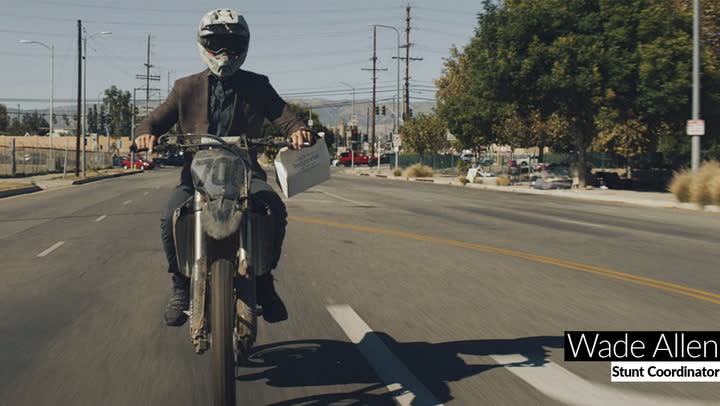
The Stunts of “Barry”
Stunt coordinator Wade Allen really values the blend of action and comedy that “Barry” has honed for three seasons. It’s an alchemy the show continues to sharpen, and tip either towards more realistic or more exaggerated action as each episode and each sequence requires. Allen said that from the beginning, Hader wanted violence on the show to be awful and awkward, not necessarily a source for comedy. With giant fight sequences like those in “Ronny/Lilly,” Allen and his team have had opportunities to explore (and/or flying-squirrel-leap into) gloriously excessive action sequences. But the choice to be more spartan or more indulgent always arises out of an understanding of the characters involved, and of how the camera is — or, just as often, isn’t — looking at the sequence; it often moves from being judgmental of the action to being involved in a character’s panicked reaction and back again. “I believe that if the story’s there and if the performance is there, you don’t need to cover it from a thousand different angles,” Allen said. “We told so much story [this season] not relying on the traditional action-y cheats.”
A great example of a moment within a sequence that defies traditional action logic is the “handoff” moment in the middle of the chase scene in Episode 6, “710N.” That beat is naturally comedic, Wade says, because “it would never work” — but because two characters try it anyway, the Wile E. Coyote-level results are hilarious. The show gets a lot of mileage when it does action-comedy by dangling the opportunity or the expectation for a movie stunt that relies on the Rule of Cool, only to reinforce that the laws of physics do, in fact, apply to these characters.
Even with the end of the Taylor chase sequence, where the last of the bikers charges onto the roof of a used car dealership, gun blazing, and the camera observes from a distance as a salesman with a shotgun shoots her instead, “We’re really toning down our desire to make this huge reaction, the typical action reach to make her fall off the edge of the building,” Allen said. “It’s one of those moments where the realism of it makes it funny.” In the video above, watch how Allen and his team worked with Hader to create scenes that restrain themselves from big action cliches and, in so doing, feel all the more inventive, surprising, and true-to-life.
READ MORE CRAFT CONSIDERATIONS

‘Black Bird’ Creates Uneasy Truths Through Performance, Pace, and Sound
Watch how the editing, cinematography, and sound intensify the real-life story of a suspected serial killer in the Apple TV+ limited series.
By Daron James
May 17, 2023 4:00 pm
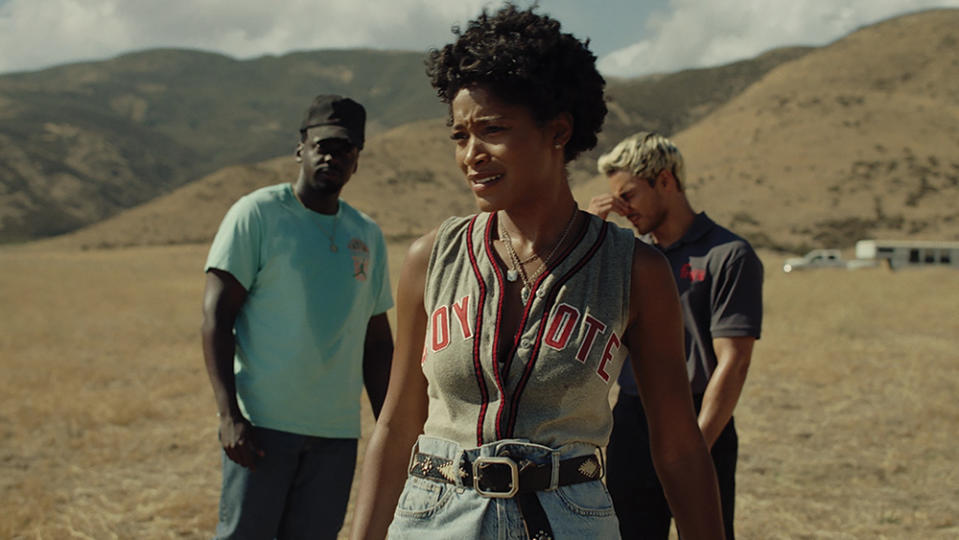
‘Nope’: How Keke Palmer Grounded an Out-of-This-World Horror Story
Watch star Keke Palmer discuss how she and filmmaker Jordan Peele figured out how to tell a sibling-bond story with sky-high stakes.
By Marcus Jones
January 9, 2023 3:30 pm
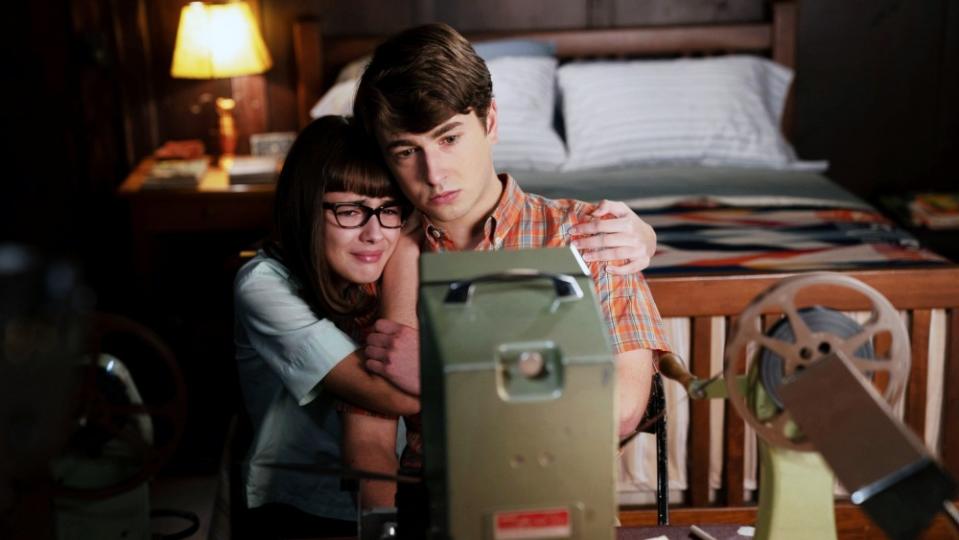
Weaving ‘The Fabelmans’ from Steven Spielberg’s Childhood Memories
Watch Pulitzer Prize winner and Academy Award nominee Tony Kushner discuss translating his longtime collaborator’s life into a screenplay.
By Jim Hemphill
January 5, 2023 2:30 pm
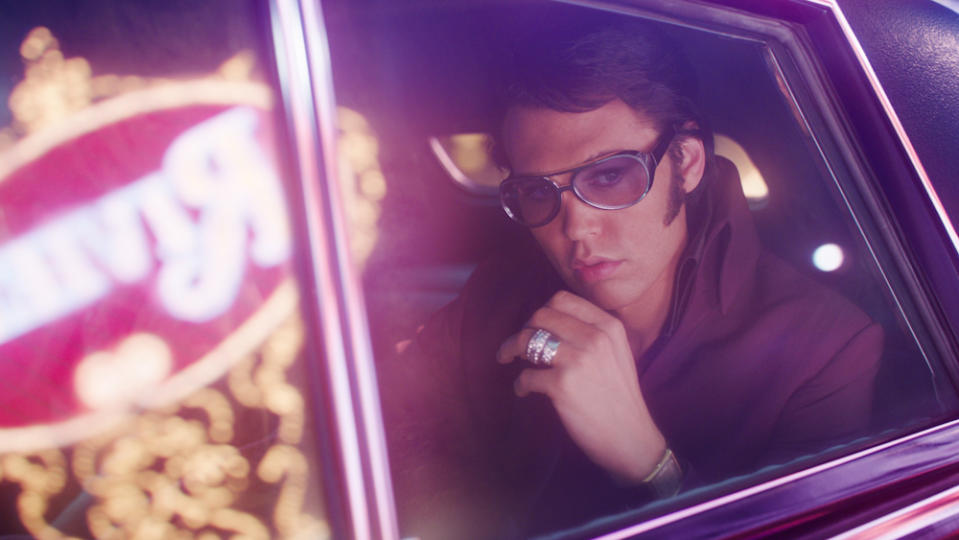
‘Elvis’: Giving New Meaning to the Life and Times of The King
Watch how cinematography, production design, and editing bring Elvis Presley and the culture that exalted him to life.
By Jim Hemphill
December 14, 2022 2:30 pm
Best of IndieWire
Where to Watch This Week's New Movies, from 'The Starling Girl' to 'BlackBerry'
Every Palme d'Or Winner from the Cannes Film Festival, Ranked
Sign up for Indiewire's Newsletter. For the latest news, follow us on Facebook, Twitter, and Instagram.

